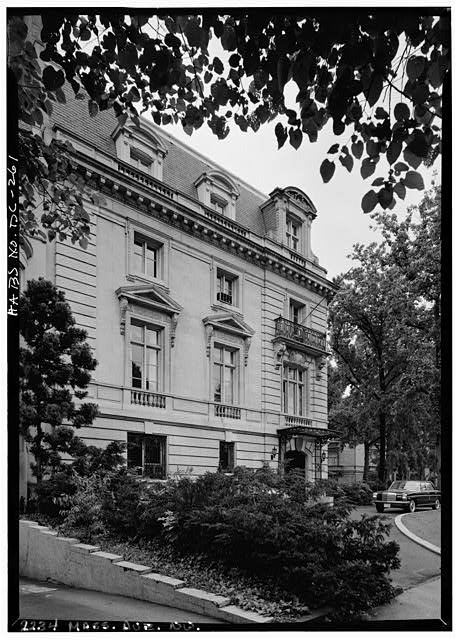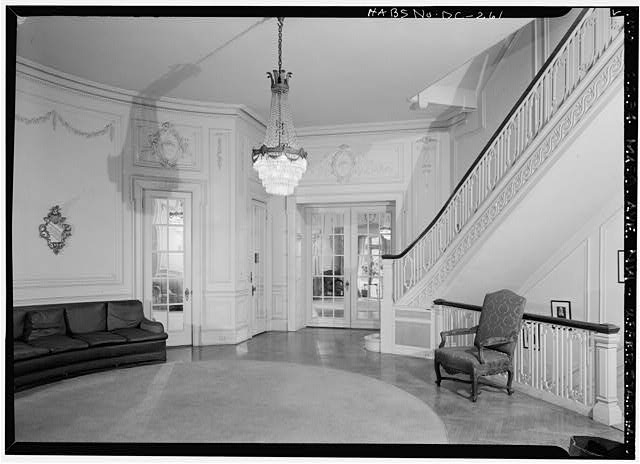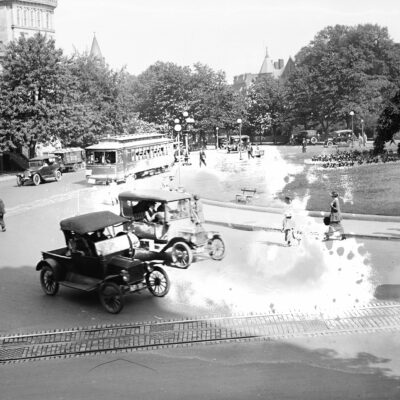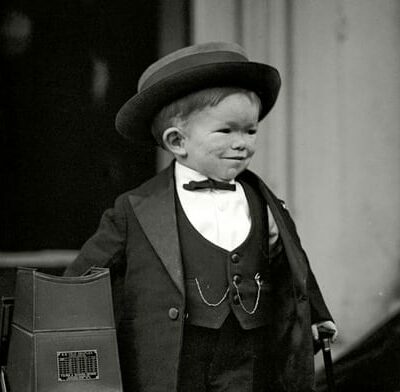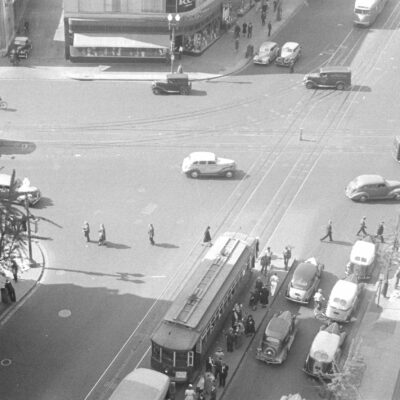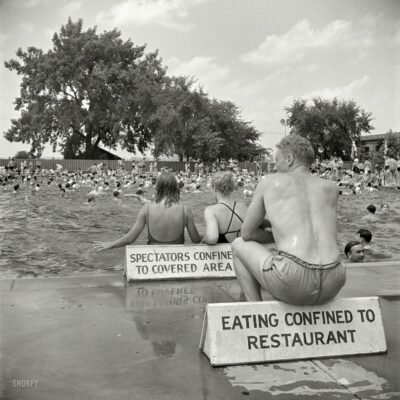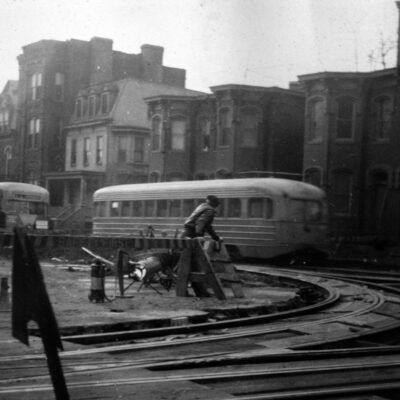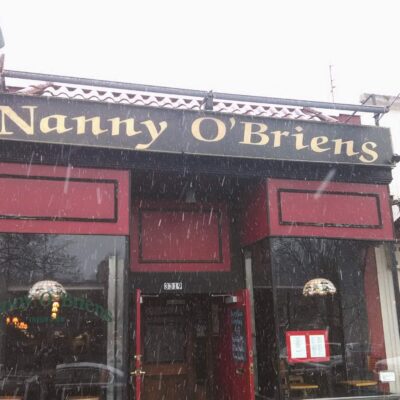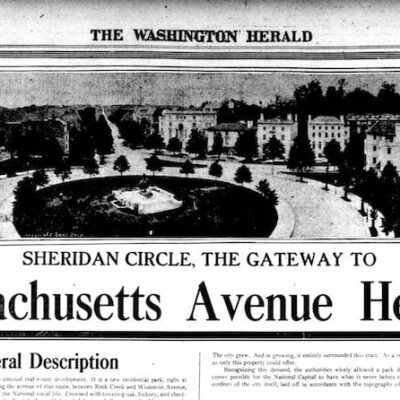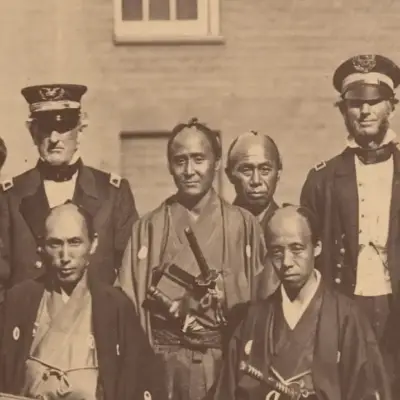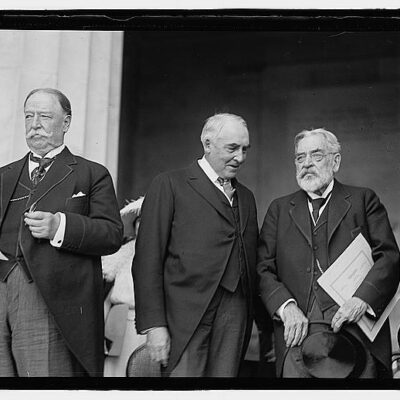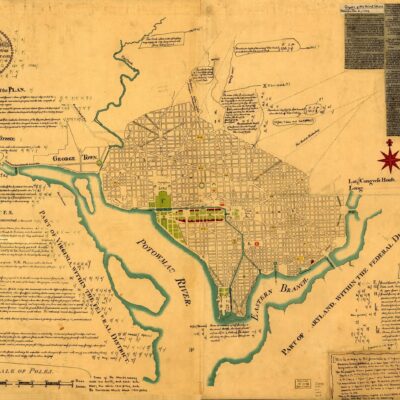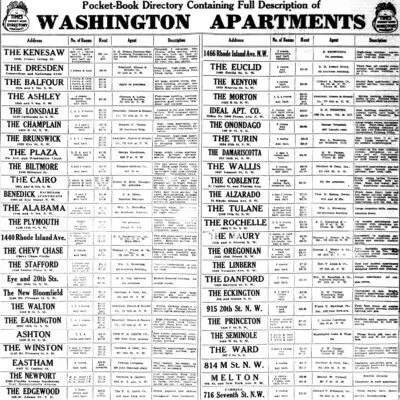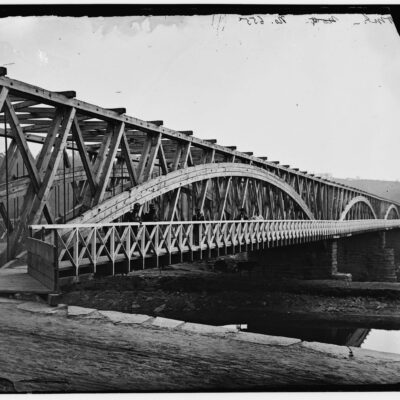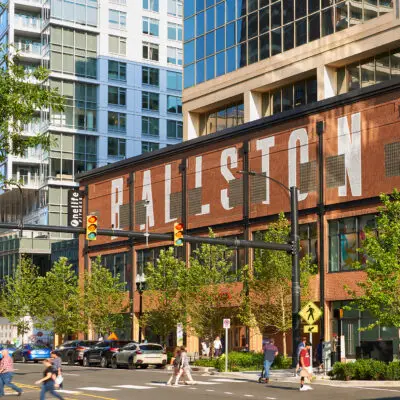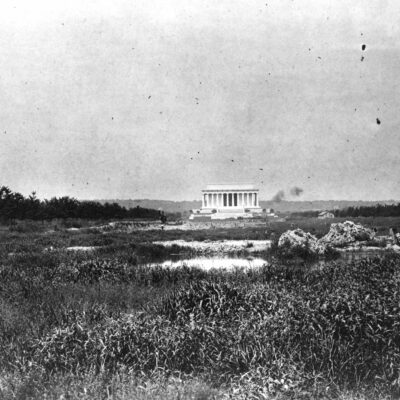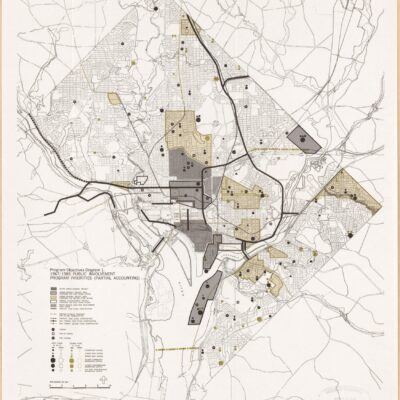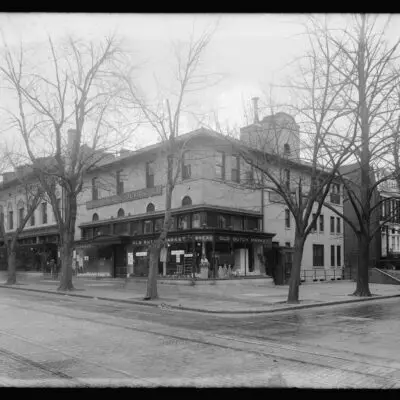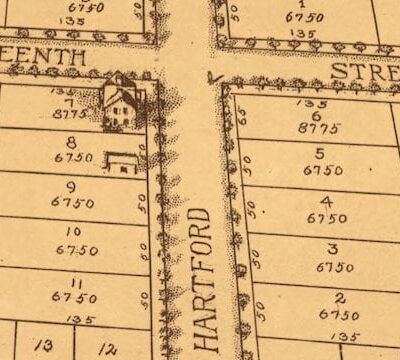St. Patrick’s Day has come and gone, but that is only the climax of the love affair between our country and The Emerald Isle.
Everyone has, or claims to have, some link back to Ireland. My wife firmly places her heritage on that island, but alas, I trace my roots back to Ayrshire and the Scottish Lowlands — I don’t think the Irish will hold this against me.
Everyone’s favorite country is a great one to kick off a twist on our favorite series “If Walls Could Talk” … the embassies version. Given the grandeur of the homes along Mass Ave. and scattered throughout the city, these are sure to uncover some great stories. I’m sure the Embassy of Ireland at 2234 Massachusetts Ave. NW holds many fascinating tales.

Palatial residence to be built on Sheridan Circle
One of the earliest references to the home at 2234 Mass Ave. was an article in the June 7th, 1908 Washington Post. It details plans for a massive residence to be built for Henrietta M. Halliday.
Work will be started this week on the construction of a palatial Indian limestone residence to be erected for Mrs. E. C. Halliday at the southeast corner of Massachusetts avenue and Sheridan Circle. The building will be of the French style, Louis XVI period, and the entire front, extending fifty feet on Massachusetts avenue and twenty-two feet on Sheridan Circle, will be of stone work, with the exception of the iron grill of the top story and the slate roof. Much carved stone work will adorn the front of the building.
Plans for the house have been prepared by W. P. Cresson, architect. It will be one of the few houses in the city built entirely of Indiana limestone …
…
Mr. Cresson will go abroad to select the carved woodwork and much of the material to be used in the interior decoration. In the principal rooms there will be decorative plaster cornices and wall panels set in pilasters. The vestibule will be of Caen stone, with marble floor. This will lead into a handsome circular stairway. Beautifully carved iron rails will be used on the stairs. A large part of the basement and ground floors will be used as servants’ rooms. On the main floor the salon will extend along the entire Sheridan Circle front of the house, and the dining room along the Massachusetts avenue front.
Mrs. Halliday was the widow of Edward C. Halliday, a well-known business man in Washington, who died at the age of 89 in 1905. Edward was the son of a wealthy stockholder in the steel works in Sheffield, England, and started his business career in New York. He arrived in Washington in his early 80s, building a fine block of homes on N St. NW, near the old British Embassy.
By 1920, the U.S. Census listed her as living alone in an apartment at 4000 Cathedral Ave. NW. She was 68 years old.
Residence sold for $85,000
Here’s a photograph from the Washington Post on January 22nd, 1911. The home was the residence of Mrs. Halliday, up until that January, when it was sold to an unnamed buyer.
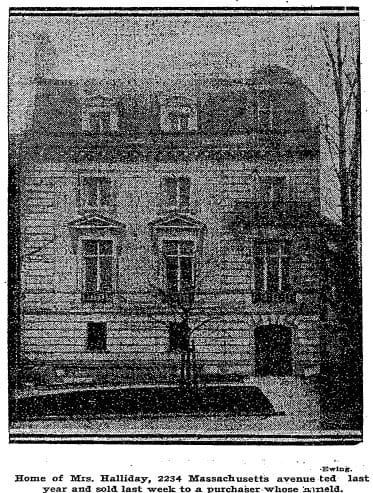
Lost dog
Have you seen a little Pomeranian dog wandering the streets around Kalorama? This is likely what the police would ask residents back in the spring of 1915.
H. Campbell Graef, 2234 Massachusetts avenue northwest, has asked the police to find a Pomeranian dog, which either strayed or was stolen yesterday.
Mr. and Mrs. Henry C. Graef spent most of their time in New York and London, and had arrived in Washington to spend the winter of 1915 in the home.
Lot 41, block 5, Kalorama Heights
Another early mention I came across was a real estate transfer from October 25th, 1916 in the Post.
2234 MASSACHUSETTS AVENUE NORTHWEST–Bernhard Meuser et ux. to Charlotte Jane Isabelle McDonald, lot 41, block 5, Kalorama Heights. $10 (subject to trust for $50,000).
By the way, if you’re curious and not a latin speaker, “et ux.” is the abbreviation of “et uxor,” which means “and wife.” This has obviously fallen our of favor due to chauvinistic undertones, but is still found in some legal documents.
What’s interesting is that the home was purchased just a month earlier. The Post reported the following on September 10th, 1916.
Bernhard Meuser purchased from Howard Schladt the large stone residence at 2234 Massachusetts avenue northwest, facing Sheridan circle. The consideration is said to have been $77,000.
I’m going to make this even more confusing by going back to August of that year with another transaction.
For a consideration of $71,000, Howard A. Schladt purchased the handsome residence at 2234 Massachusetts avenue, in the exclusive Sheridan circle district, the sellers of the property being James D. Hobbs and Hubbert D. Quinter, trustees. There is an incumbrance of $50,000 on the premises. This was the largest transaction of the week.
It’s wild to think that this monstrous and expensive property was deeded to four different parties in a time span of three months. Also, it’s interesting to note that Meuser and Schladt are both German names and 1916 was right in the middle of World War I. It would not be far fetched to think that this might be a contributing factor. I should also add that the surname Graef is also German and the Pomeranian breed originated in eastern Germany and northern Poland.
The McDonald’s drunk chauffeur
In March 1918, the Washington Post reported on an incident involving A. C. Ellis, the chauffeur serving the residence at 2234 Mass Ave … and this incident involved the slight over consumption of unnamed intoxicating spirits.
While driving an automobile on the Bladensburg road yesterday, A. C. Ellis, a chauffeur in the employ of Mrs. James McDonald, 2234 Massachusetts avenue, this city, struck a wagon in which J. Frank Rush, his son, Noble F. Rush, and his 7-year-old daughter, Ester, were returning from Riverdale to their home in Hyattsville.
Four occupants of the car were taken before Justice of the Peace A. H. Dahler, of Bladensburg, who find Ellis $100 on a charge of operating a machine under the influence of liquor, $100 for driving in excess of 25 miles an hour and $25 for using the machine without the owner’s
permission. Three of Ellis’ companions were discharged, and the other , who gave his name as T. F. Burroughs, was fined $25. At a late hour last night they were still in jail unable to pay the fine.-ad 607-
Drunk, speeding with buddies in the car AND taking the vehicle without the McDonald’s permissions? I’m guessing that Ellis did not maintain his employment much past the following day.
By the way, when I think of chauffeurs in 1918, I envision Branson, the Irish Socialist, from Downton Abbey.
A year earlier, in March 1917, the Post reported on an inaugural social event at the McDonald’s new home.
The Brazilian Ambassador and Mme. da Gama and the Spanish Ambassador and Mme. de Riano were the guests of honor at dinner last evening of Mrs. James McDonald. The dinner was in the nature of a house warming, as this is the first formal affair Mrs. McDonald has given in her new home, 2234 Massachusetts avenue, purchased this winter. Mrs. McDonald has planned a series of important entertainments this spring.
A little more digging reveals that James McDonald was born in 1840 in Scotland. He arrived in the U.S. at the age of 15 and was a prominent oil magnate. He formed an oil company in Cincinnati with his brother Alexander and sold for a handsome sum of money to John D. Rockefeller’s Standard Oil Company.
In 1895, Standard Oil sent him to open up their European branch. By the time he retired in 1907, he was in charge of all company operations in Europe and Asia. Needless to say, he was a rich and influential man.

The very wealthy Mr. and Mrs. C. Mathews Dick
You have to have a lot of money to live the way these two did. This bit in the October 28th, 1930 Washington Post hints at their substantial wealth.
Mr. and Mrs. C. Matthews [sic] Dick, who are in New York after passing the summer in Newport, will come to Washington next week, and will go into their new home at 2234 Massachusetts avenue, which they purchased recently from Mr. and Mrs. Harry Wardman. Mr. and Mrs. Dick sold their former home on Woodland drive to Senator and Mrs. James Couzens.
Harry Wardman, if you aren’t familiar, was one of the most (if not the most) prominent developers in Washington during the early 20th century. If you own a Wardman row house today, it automatically will add about 5% to the value of your home. Oh, and James Couzens was an exceedingly wealth man in his own right. He was an early investor in the Ford Motor Company, former mayor of Detroit and Senator from Michigan.
Below is an advertisement for the home, prior to its sale. The photo appears to be the same as the advertisement above, but this has a better description. Also, this ad was from 1926, so it took Wardman quite some time to unload this property.
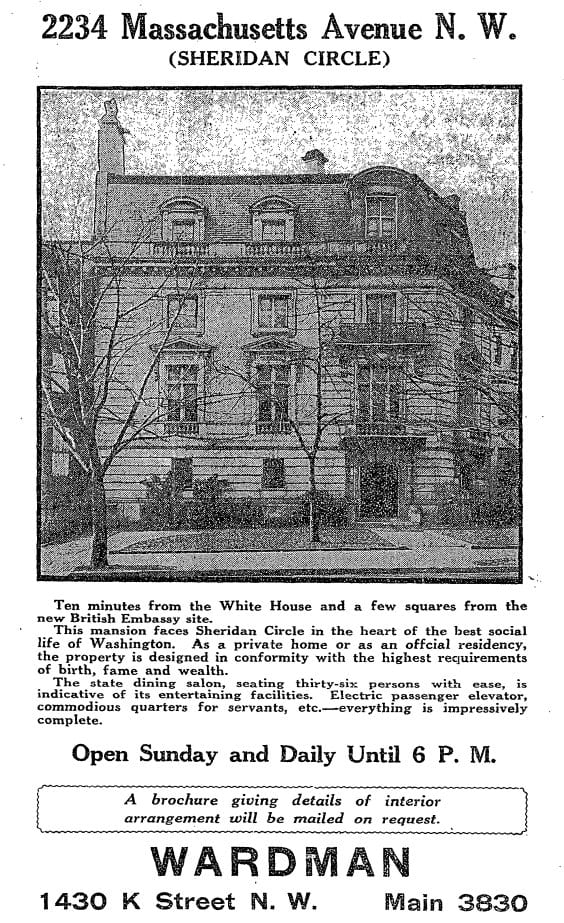
Seven years later, there’s a mention of the Mr. and Mrs. Dick planning an extravagant vacation.
Mr. and Mrs. C. Mathews Dick, who originally planned to take a trip around the world, have decided instead to sail for a stay in Paris. They will leave in October an [sic] return to Washington the first part of December.
Mr. and Mrs. Dick have been spending the summer in the Newport villa which they purchased from Ogden Mills, former Secretary of the Treasury. In Washington they live at 2234 Massachusetts avenue.
You really don’t see wealth like this anymore in Washington. It’s sometimes over-romanticized, but that lifestyle seems so fascinating. Newport, Washington, New York … clearly the Dick family had a serious amount of money.
Charles Mathews Dick was the son of Albert Blake Dick of Chicago. A.B. Dick created the term “mimeograph” and received the trademark on it in the late 19th century. In 1887, the A.B. Dick Company licensed “Autographic Printing” technology from Thomas Edison and began selling them in large quantities to companies in the U.S. His company grew to be one of the largest in the American copier and office supply industry.
Looks good, I’ll take it
You’re not going to come across open houses like this very often. If I’m lucky, maybe Ambassador Collins is reading this and will invite my wife an I over for a quick tour and a pint of Guinness? Did I mention my wife’s family history goes back to Ireland?
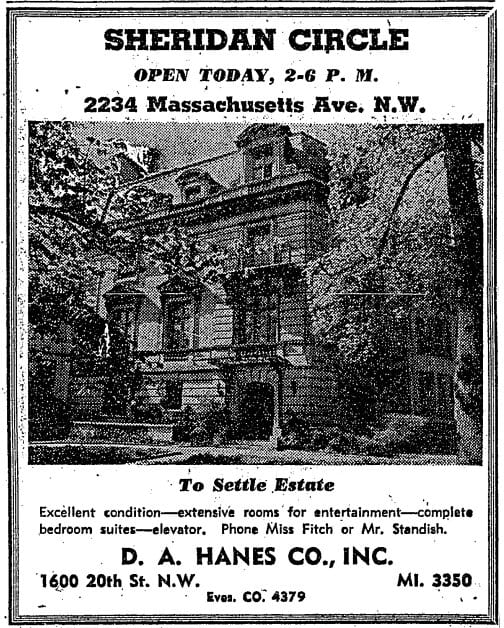
By the way, after this open house, and about a year later, the building was acquired by the Republic of Ireland to become their embassy.
Welcome to the neighborhood: the new Irish Embassy
In 1949, the Republic of Ireland was the new owner of 2234 Mass Ave and in the fall of that year, they were preparing to move into the building.
In another month the Irish Legation will have a new address, 2234 Massachusetts ave.
Hugh McCann, Eamonn Kennedy and Sean Hayden, all of the Irish Legation, who live together on Chesterfield place, entertained at luncheon Thursday in honor of Raymond Paul Ludden of the State Department. Mr. Ludden is leaving shortly for Dublin, Ireland, to take up the post of Counselor at the American Legation. Among those attending were the Irish Minister, Sean Nunan, and Livinstone Satterthwaite and Frederic Ranney of the State Department.
Chesterfield Place is in a great neighborhood just off of Rock Creek Park, but the three men living in the same home reminds me of an older version of college living, not unlike Carolyn Maloney’s home or the notable Capitol Hill row house, humorously featured in the New York Times in 2007 (i.e., Schumer, Durbin, Miller and Delahunt).
Here are some great old photos I found from the Library of Congress.
